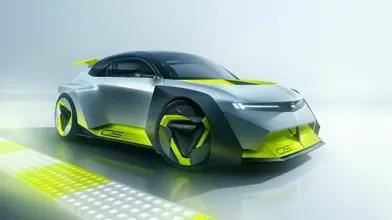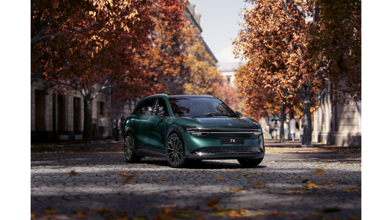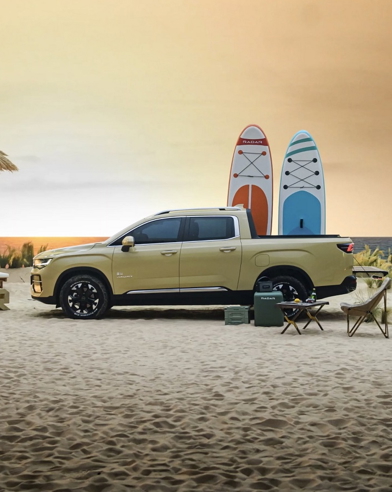The Chinese new vehicle market has rolled backwards for the first time in over a decade. And, when you’re talking a million billion sales a year (we haven’t done the maths, but we’re picking the figure must be close, right?), just a blip on the buyer scale can have dramatic affects.
At the end of last year, Volkswagen announced that its sales in China had dropped nearly 11 per cent.
Ford and General Motors had similar stories to tell, while Jaguar Land Rover was forced to go on to reduced rosters at one of its factories for several weeks in December after its sales in the country fell by 46 per cent during the third quarter.
So, not great news. Unless you happen to be building half-million dollar-plus bespoke luxo-barges, that is.
Rolls-Royce, it would appear, is doing exceedingly well in China, thank you very much.
In fact, the luxury marque boosted sales in the country by 43 per cent during 2018, outpacing every other European luxury brand. By way of comparison, Bloomberg reports that Porsche gained 12 per cent in sales in China last year, while Ferrari sales rose by 13 per cent
The windfall has come about primarily off the substantial back of the Cullinan SUV, which has essentially succeeded in doing what it was designed to: give Rolls-Royce a bigger slice of the mass-market pie. Er, but tastefully so.
The key here though, is that Rollers remain such exclusive things, the machinations of the “regular” car industry simply don’t affect BMW’s most exclusive arm. Rolls-Royce cuts its own path, it would seem, even when building practical mainstream-minded SUVs and even when playing in a stalling market.
Of course, with 80 per cent of the manufacturer’s customers being the new breed of Chinese entrepreneur, we’re sure there is still an army of accountants and marketing strategists in Goodwood pouring over economic data out of the East.
For now, though, keep those cigar humidors coming; there are plenty of Cullinans heading out the factory doors needing them installed.
New Defender spied testing at Nurburgring. Of course.
Land Rover Defender spied testing in Germany. Photos / Supplied
Here at The Good Oil, we’ve covered the car industry’s (especially the European one’s) obsession with garnering ever-faster lap times at Germany’s infamous Nurburgring Nordschleife circuit.
It would appear that, irrespective of what the prototype vehicle being punished around the track is likely to be used for, a good strop through the “Green Hell” appears essential in order to gain a deeper understanding of the engineering achilles heels.
Or, it’s just a helluva lot of fun.
So it goes with that well-established track weapon, that bastion of performance pace and dynamic track ability, the Land Rover Defender.
Yes, the all-new Defender — due on sale next-year and already exciting trendy urban architects everywhere — has been snapped testing at the Nurburgring.
With a camouflage-covered body and more roll in the corners than spy photographers are probably used to programming their camera ISO settings to capture, the shots don’t reveal much.
Not that the Defender’s presence on the track should be too much of a surprise.
Aside from the aforementioned keenness of any vehicle engineering team to go there, JLR has an engineering centre just down the road.
Both long (110) and short (90) wheelbase Defenders have been spied testing in recent months.
And it hasn’t all been pit garages and Armco for the Defender either.
The manic sprint sessions follow on from “proper” off-road testing in North America as part of the model’s gruelling development cycle.
The vehicle will be subjected to temperatures as low as -40 C and as high as 48C, and at altitudes as high as 3962m.
Ah, that’s more like it.
Having said that, JLR’s chief marketing officer, Felix Brautigam, has already told the UK motoring press that the next Defender won’t be some nostalgic throwback, but rather “something that moves the game on for Land Rover”.
Maybe a lap timer in the middle of its chunky dashboard isn’t such a stretch after all, then?
Ricciardo’s Renault cold reality check
Daniel Ricciardo. Photo / Supplied
Renault F1 boss Cyril Abiteboul has said his new star driver, Aussie grin factory Daniel Ricciardo (pictured), might need to develop a “harder skin” for life in the F1 midfield.
Things didn’t start well for Ricciardo in his home Grand Prix in Melbourne, a couple of weeks back, when his yellow box-fresh Renault suffered wing damage on the first corner of the race, forcing his retirement. Grin temporarily faded, the 29-year-old Perth native admitted to media at the race’s conclusion that the week leading up to the race had left him exhausted. Ricciardo was perhaps alluding to the barrage of promotional work required of him ahead of his first race for his new team (he left Red Bull in a surprise move at the conclusion of the 2018 season).
Talking to France’s Auto Hebdo though, team boss Abiteboul seemed less than sympathetic.
“It’s not that he underestimated it, but as a midfield team we do not operate in the same way as a top team. Maybe Daniel will have to get a harder skin and some more patience at the start,” he said.
Oooff. Here’s hoping he can do well at the next F1 round in Bahrain.
For now though, those heady podium-bothering days with the fizzy Austrian energy drink-liveried team must seem long distant all-of-a-sudden.




